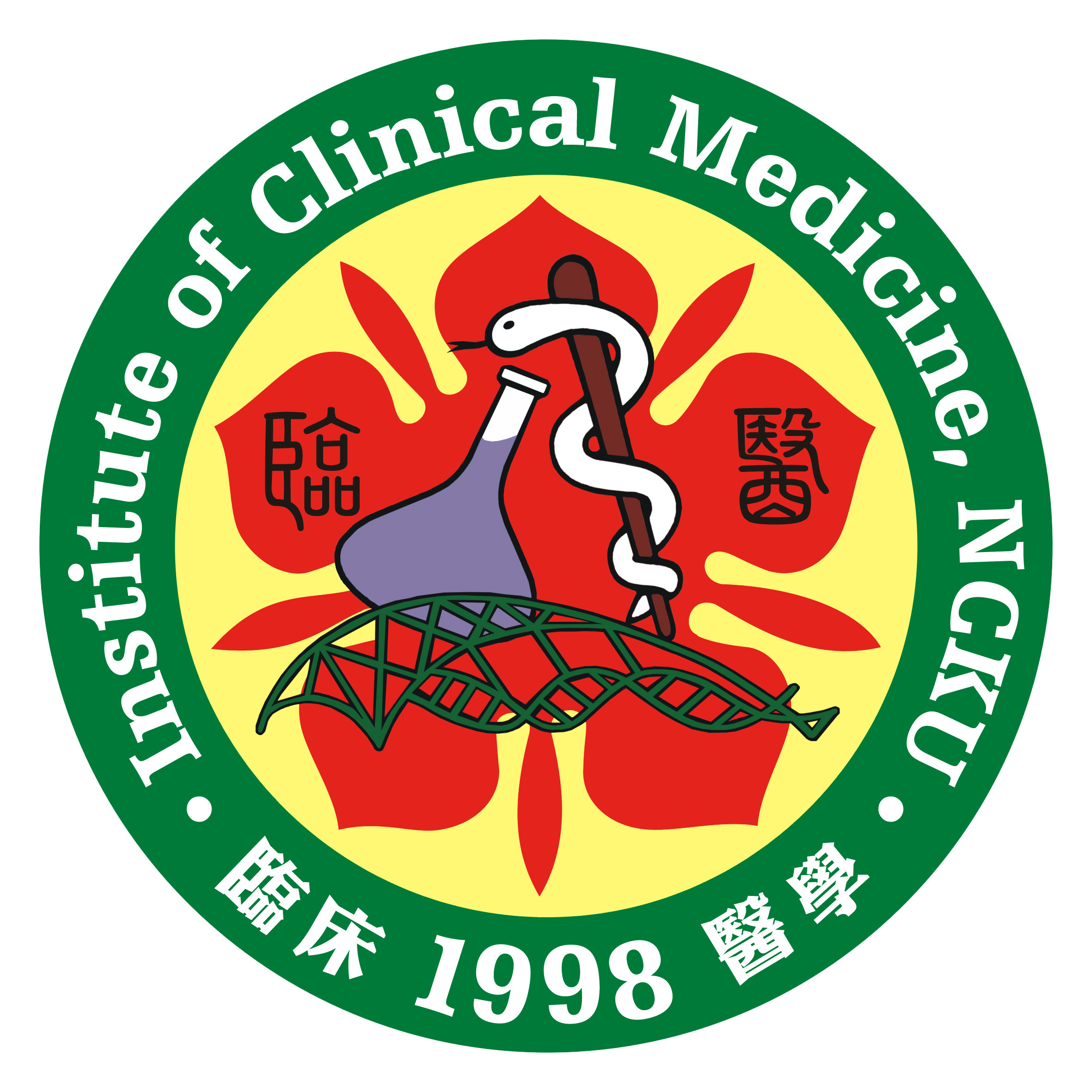呂佩融 老師, Concurrent Chemoradiotherapy-Driven Cell Plasticity by miR-200 Family Implicates the Therapeutic Response of Esophageal Squamous Cell Carcinoma., Int J Mol Sci . 2022 Apr 14;23(8):4367.
Abstract
Esophageal squamous cell carcinoma (ESCC) is a common and fatal malignancy with an increasing incidence worldwide. Over the past decade, concurrent chemoradiotherapy (CCRT) with or without surgery is an emerging therapeutic approach for locally advanced ESCC. Unfortunately, many patients exhibit poor response or develop acquired resistance to CCRT. Once resistance occurs, the overall survival rate drops down rapidly and without proper further treatment options, poses a critical clinical challenge for ESCC therapy. Here, we utilized lab-created CCRT-resistant cells as a preclinical study model to investigate the association of chemoradioresistantresistance with miRNA-mediated cell plasticity alteration, and to determine whether reversing EMT status can re-sensitize refractory cancer cells to CCRT response. During the CCRT treatment course, refractory cancer cells adopted the conversion of epithelial to mesenchymal phenotype; additionally, miR-200 family members were found significantly down-regulated in CCRT resistance cells by miRNA microarray screening. Down-regulated miR-200 family in CCRT resistance cells suppressed E-cadherin expression through snail and slug, and accompany with an increase in N-cadherin. Rescuing expressions of miR-200 family members in CCRT resistance cells, particularly in miR-200b and miR-200c, could convert cells to epithelial phenotype by increasing E-cadherin expression and sensitize cells to CCRT treatment. Conversely, the suppression of miR-200b and miR-200c in ESCC cells attenuated E-cadherin, and that converted cells to mesenchymal type by elevating N-cadherin expression, and impaired cell sensitivity to CCRT treatment. Moreover, the results of ESCC specimens staining established the clinical relevance that higher N-cadherin expression levels associate with the poor CCRT response outcome in ESCC patients. Conclusively, miR-200b and miR-200c can modulate the conversion of epithelial–mesenchymal phenotype in ESCC, and thereby altering the response of cells to CCRT treatment. Targeting epithelial–mesenchymal conversion in acquired CCRT resistance may be a potential therapeutic option for ESCC patients.
Keywords: acquired concurrent chemoradiotherapy resistance; microRNA; epithelial to mesenchymal conversion; esophageal cancer; cell plasticity
